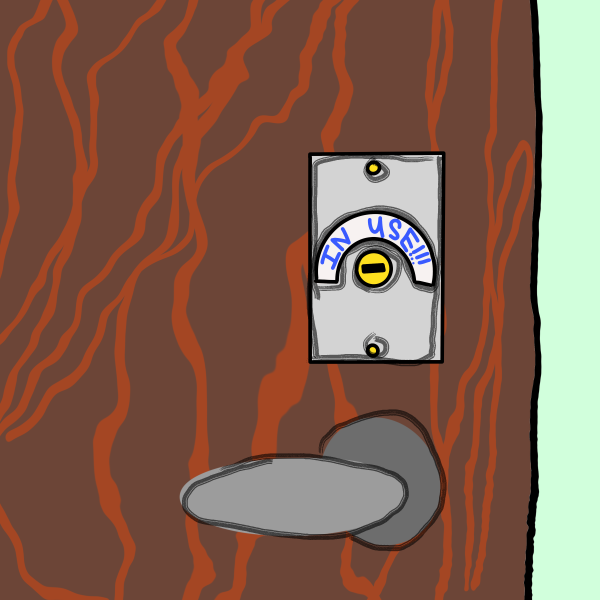Campus: a slippery slope?
Icy sidewalks, exploding sprinklers and aggressive heaters, oh my!
February 28, 2019
I would not be a true Minnesotan if I didn’t mention the weather. At this point, I get it. We are all completely over the cold, and there is way too much snow and ice on the ground. Every sidewalk in the Twin Cities area seems to be covered in a thin but hazardous layer of ice, but one of the most dangerous trips a Hamline student may take during this time of year is right here on campus.
Every year that I have been at Hamline the sidewalks of our campus have turned into an ice rink during the winter months. It usually comes on gradually, but starts off just a little slick. Then all of a sudden it is downright intolerable. Students glide their way to class some more gracefully than others. In especially icy spots, some people are able to catch themselves while others tumble to the ground. I’ve found myself in both situations.
The most interesting part to me is that Facilities is usually pretty good at clearing the sidewalks and pathways. Their winter cleanup is evident by the brightly colored bristles that their equipment leaves behind in the snow. I am incredibly thankful for the amount of effort they put in to make our campus inhabitable. But when surfaces stay icy for weeks, it makes me wonder if some new additions could be made to Hamline’s winter safety practices.
I personally know quite a few students who have fallen this winter and injured themselves to different extents. I talked to a few of them recently about their experiences and while some of them were indifferent, others echoed a similar sentiment: our campus is just too dang slippery. Many factors go into injuries caused by ice. There have been times I have fallen because I was in too much of a rush and wasn’t looking for any icy patches. In other instances, I was wearing shoes that are better fit for summer. When we constantly encounter icy walkways and stairs on campus it automatically sets students up to fall. Not to mention the potential to seriously injure ourselves.
The frustrations with our campus environment can also be found within smaller complaints, such as the heater in Drew Science Center 118. I currently have a class there myself and I speak for many students when I say that the constant clanging and banging noises are extremely distracting. Similarly, Manor Hall faces an issue with their heaters that leaves residents unable to sleep without hearing a clanging noise. I understand that many of our buildings are aging and with that comes a multitude of structural issues, but why can’t we tackle the smaller issues while they are still small? It could prevent a larger problem later on.
That sort of situation is perhaps what happened in Sorin Commons recently. The story is probably old news by this point, but when a sprinkler head exploded in Sorin Commons earlier this month, students and staff were understandably upset. Ultimately, cold weather was to blame. The pipes froze, and then they burst, resulting in a waterfall of flooding. The most troubling part of this event is that Sorin Commons is the newest and most recently updated part of our campus. If it is already experiencing issues of this magnitude, what else could be to come?
I want Hamline to be well taken care of. I believe that other students do too, especially because we pay money to attend this school. It is disheartening to see some of these problems ignored or not properly addressed. I don’t think that the fault lies in one particular area. I think that Hamline as a community needs to stay on top of these things. We need to figure out what issues pose the most risk to students, faculty and staff. We then need to find effective and efficient ways to deal with these issues. As I stated before with the heater in Drew, the sooner the better. Whether this means more frequent safety checks, more input from the Hamline population or something else. Only with action will we see some of these problems prevented.







